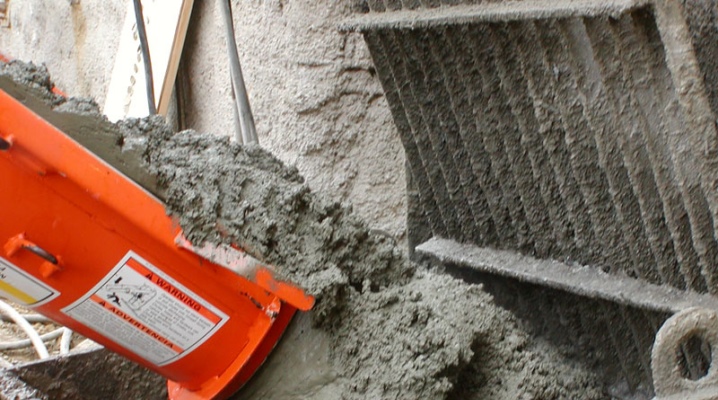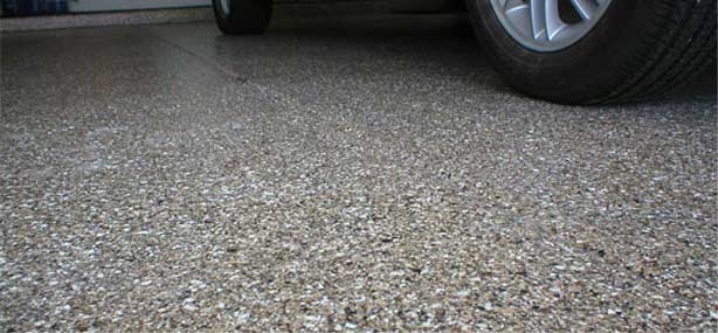Fine-grained concrete

Fine-grained concrete - a building material belonging to the group of heavy concrete, is an artificial stone.
Application
- Production of reinforced cement structures. For this, concrete is reinforced with steel wire or woven steel mesh.
- It is advisable to use for densely reinforced structures.
- Excellent for construction in areas where there are no crushed stone and gravel-sand quarries.
- This material is frost-resistant and waterproof, and it also has increased bending strength. Due to this, this material is perfect for the construction of road surfaces.

Manufacturing technology and required materials
The properties will depend on the same factors as the properties of conventional concrete. No coarse aggregates are used in the manufacture. At the same time, fine-grained concrete has its own unique features that are characteristic of such a structure. It will be more homogeneous, with increased porosity and specific surface area of the solid mass.
To ensure the maximum strength of the material, you need to select the optimal ratio of sand and cement.
If there is too little cement, the mixture will not fit well, its density will decrease. Due to this, strength can be significantly reduced. If there is too much cement, this means that there is a lot of water in the mixture, which contributes to increased porosity and a decrease in strength.
For the preparation of the mixture, it is better to use clean, coarse sand. Or, at a minimum, enrich fine sand with crushed stone or fine gravel. This will not only have a positive effect on the composition of the mixture, but will also reduce the consumption of cement.
Effective compaction of the applied mixture will be of great importance, which can be done in several ways:
- roller seal,
- pressing,
- tamping,
- vibrocompression.
The choice of compaction method will depend on the specific task set for the builders.
Before proceeding with the manufacture, it is necessary to design the composition. Experts do this in two stages, using the computational and experimental method:
- The first preliminary stage involves an approximate calculation of the composition, which could provide a given mobility and strength. For testing, it is advisable to use not very large samples.
- At the second stage, the composition is tested experimentally, after which the composition is specified, and, if necessary, changes are made to it.













The comment was sent successfully.